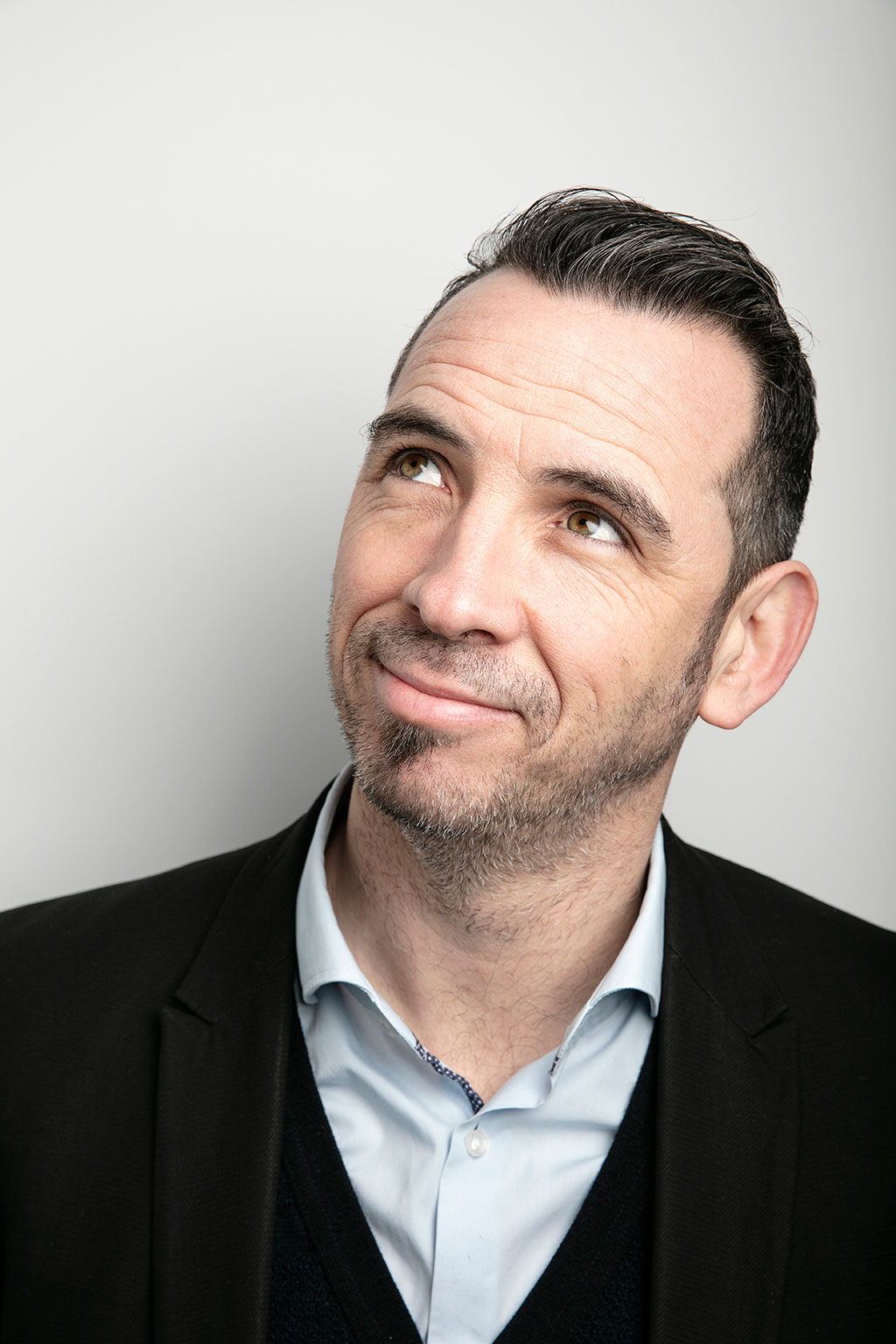Dave Tallon examines some of the common denominators when it comes to creating good brands.
Look, full disclosure, I like brands. I accept that I don’t need them. I live a pretty full life. But, my life’s a little fuller and often easier with brands. But brands and branding, well, it can all be a bit fuzzy can’t it? They’re either dead or critical for survival.
There are mountains of definitions and oceans of frameworks, wheels, triangles and the like. But sometimes, I think, we get a bit lost in these. So, this isn’t a framework, or a set of instructions or a short cut to paste into a slide deck. But, when someone asked me to define what a brand is, it made me think. Beyond a set of associations, an identity and all that. So, this is an attempt to get some height, and think about what good brands actually are these days. Here are 8 key things I think about, when I think about brands.
Signals
Good brands, are good signals. Simple, clear, distinct signals about products and services. About quality and meaning. Fairy Liquid signals mildness. IBM signals smart. Coke signals happiness.
These signals are also used by people. Identifying shared ideologies. Sometimes that’s important (Patagonia, Trump), sometimes less so (Canon, Dacia). Brands are social constructs, their meanings are shared. So, brand signals (from colour, to logo, font, icons, name, design, tone of voice, associations and behaviour), need to be sent, received and shared. The stronger the signal, the stronger the brand.
Promises
Good brands, are good promises. Promises of good experiences (or benefits). Promises of consistency. We’re like this and we’re always like this, if you buy now or in the future. Which means less risk for buyers, making brands easier to buy. Promises can be more or less functional depending on the category and our needs. Apple promises “Creativity, Simplicity and Humanity”, their customers want and expect this. Whereas, Gorilla Glue promises incredibly strong glue, which, is kind of what you want from glue.

Experiences
Good brands, are good experiences. Experiences that deliver promises. Poor experiences, mean poor brand value. Brand experiences happen all along a customer journey and good brands present coherently across it, and build their brand story. Apple, for example, can’t talk about Creativity, Simplicity and Humanity and sell their products in shops like Poundland, or fill their products with complexity or treat their employees badly
Experiences matter, because they can be strong cognitive markers (somatic). Once bitten, twice shy and all that.
Ideas
Good brands, are good ideas. Or as John Grant puts it, “a cluster of strategic cultural ideas”. Ideas that elevate and stretch what a company does, from the literal (“IBM is a multinational technology and consulting company”), to the metaphorical (“IBM builds a smarter planet”). Ideas that often ladder up to higher order, deeper benefits and desires. Ideas that move beyond products and services to something more valuable, and more interesting.
Brands help companies unlock the desires that guide buying decisions, and ideas are often the keys. From basic ideas like, a gorilla represents strength, to deeper ones, like Jack Daniels represents the pioneering spirit of American frontier-ism. The more culturally relevant (and useful) the idea, the stronger the brand.
Platforms
Good brands, are good platforms. Platforms to stand on, build on, create on, to plug into and to support (networks and ecosystems). Platforms, that are often bigger than products and services. That open the aperture of possibility, beyond the present, to solve multiple customer problems. Platforms that are built on beliefs, values and ideas. Airbnb’s brand platform “belong anywhere” is pregnant with possibilities to create value. That’s the power of brands as platforms. Full of possibilities.
Strategy
Good brands, like good strategy, are a set of good choices and sacrifices. We look, act and sound like this, not this. We believe this, so we’ll never do this. We’ll do x, even if that means y. Brands provide boundary lines and constraints, discipline and direction. We believe this, so our mission is this and these values will guide us. Good brands are levers, that direct and magnify the focus and force of a business, to gain an advantage. Which is, basic strategy.
Systems
Good brands, are good systems. As the world becomes more complex, brands have had to meet this complexity with better systems. Systems that are interconnected, with interrelated components that work together, in a coordinated way. The story, must connect with the image, which must connect with the experience, both externally (customer) and internally (employee). Good brands have clear and coherent systems to deliver their promises.
Magic
Good brands, are magic. You know, the kind of stuff that charms, entertains, seduces, with creativity, innovation and, you know, adds a bit of value.
They blend creativity, craft, science and some or all of the above. Yes, just like magic, there’s sometimes a bit of misdirection. But the good ones, give you enough magic to forgive them. And before you know it, they’ve taken the same raw ingredients and charged more for them. Which is magic.
This is not a complete list. I get that. And, it doesn’t deal with what brands do commercially, like increase share, or penetration, or preference, or loyalty or price elasticity. And, there’s LOTS of other views, I get that too. But, these are some of the things I’ve learned and believe in, when creating and maintaining good brands. Brands that are worthwhile, that demand attention, that deserve to exist. And, like I said, I like brands. So, here’s to making better brands, and brands better.




















